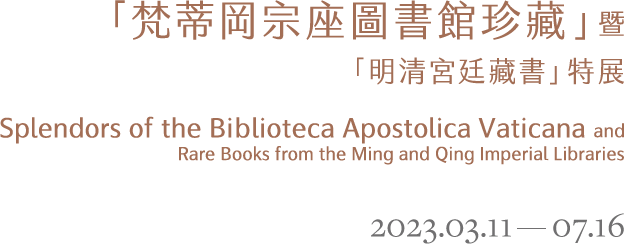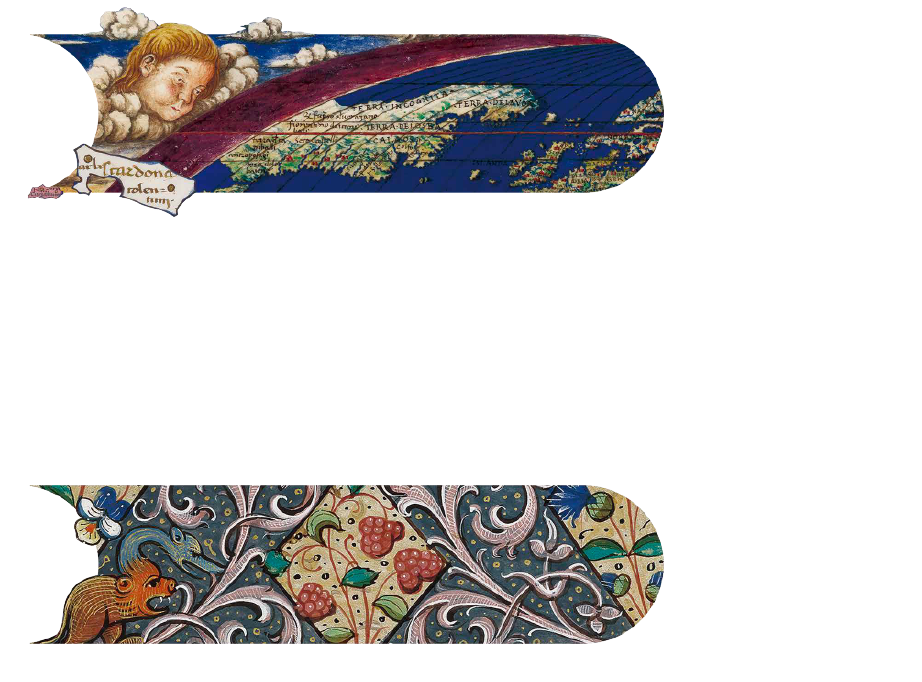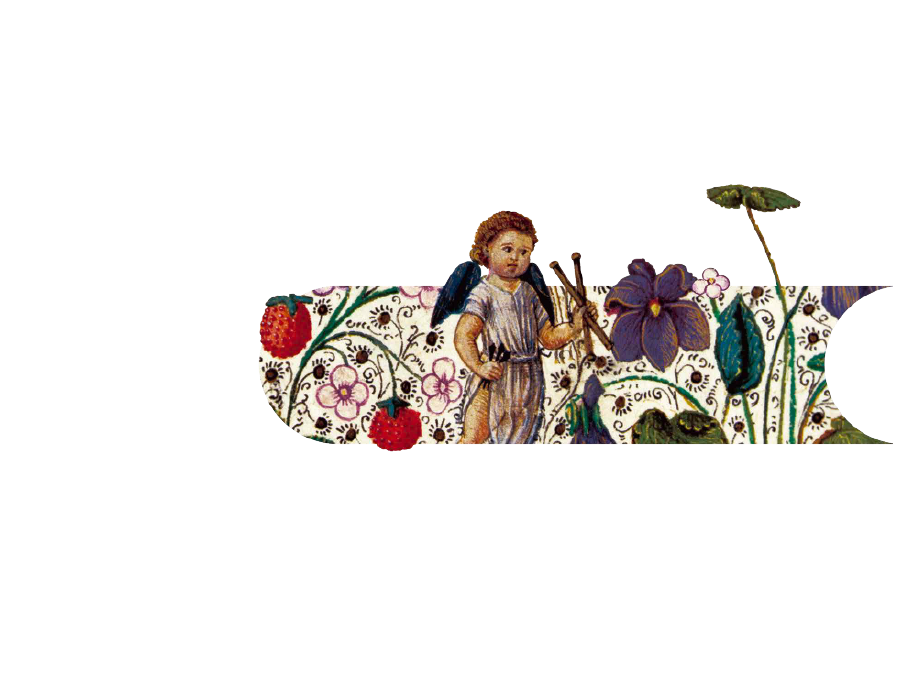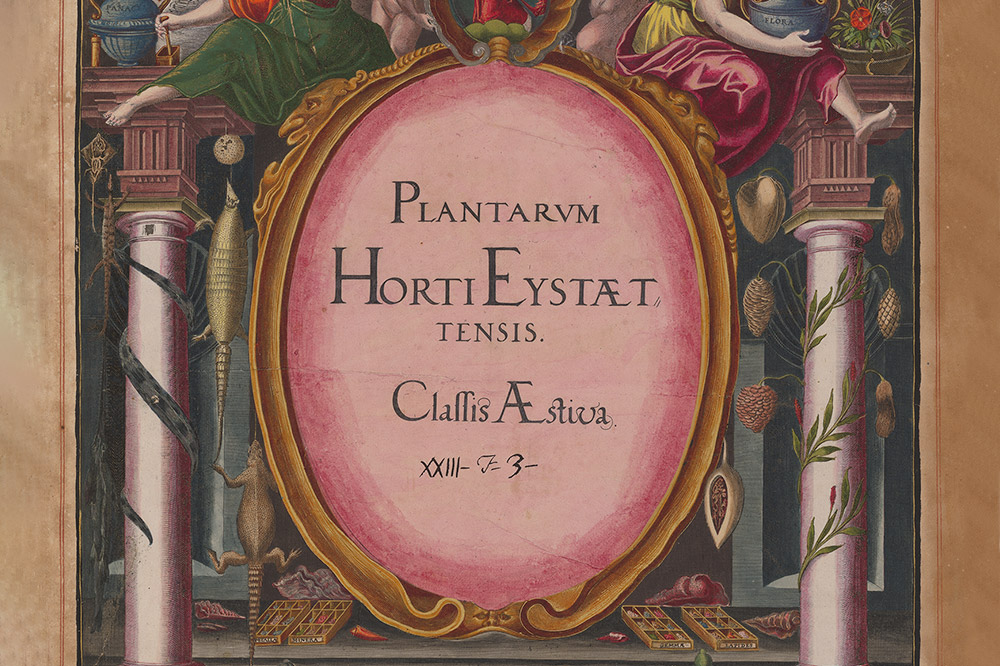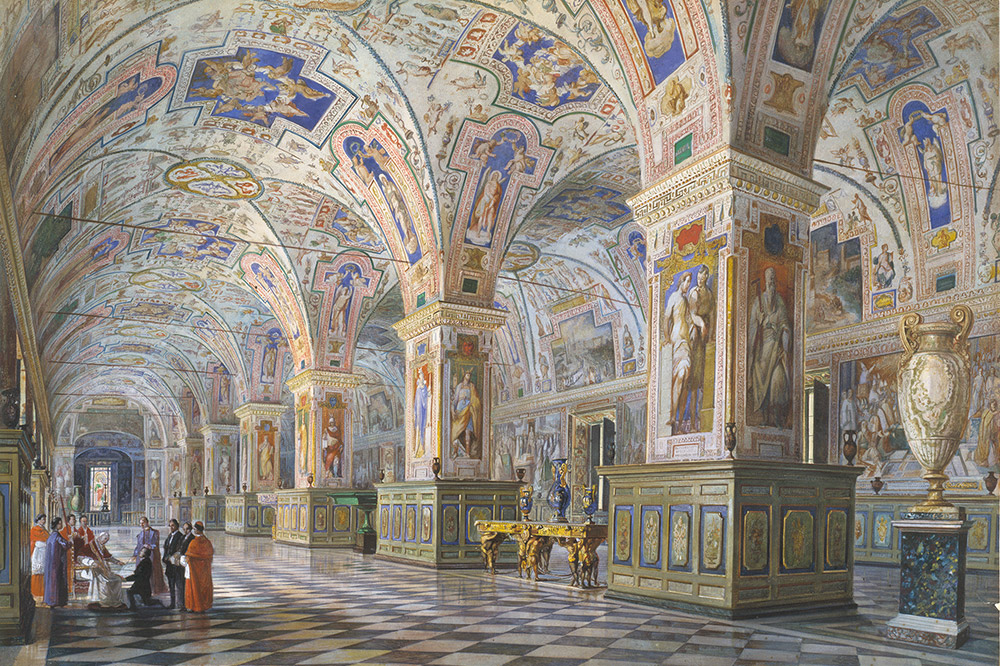The 19th Century
In 1798-1799 and 1809 a number of manuscripts from the Biblioteca Apostolica Vaticana and most of the Gabinetto Numismatico (Numismatic Cabinet) were transferred to Paris by troops from the French Republic and later by Napoleon Bonaparte (1769-1821). Only after the Vienna Congress of 1815 was the material recovered (but not entirely).
In the meantime, many volumes belonging to religious orders that had been suppressed entered the Biblioteca Apostolica Vaticana. In the following years various collections were acquired, such as that of the Leopoldo Cicognara (1767-1834) prints, particularly important for the history of art. In the first half of the 19th century, the Biblioteca became famous for some research conducted by Cardinal Librarian Angelo Mai (1782-1854) who applied to the study of the manuscript codices known as palimpsests (i.e. erased and rewritten with other texts) some chemical techniques that allowed him to make visible the original texts that had been deleted.
Towards the end of the century, under the pontificate of Leo XIII (r. 1878-1903), and thanks to the foresight of the Prefect of the Biblioteca, the Jesuit Franz Ehrle (1845-1934), there was a great impulse to modernize the Biblioteca. The facilities were enlarged, an internal restoration laboratory was set up, publishing activities started and the growth of the collections resumed.
In 1891 the library of the Borghese family was purchased, which also contained manuscripts from the papal collections of the Avignon library, and the Neofiti collection, rich in Hebrew manuscripts. A little later the Cappella Sistina (Sistine Chapel) collection arrived, with very important texts for the history of western music.
Hortus Eystettensis (Garden of Eichstätt)
- Basilius Besler (1561-1629)
- Latin, German|1613|Nuremberg|2˚|585×470 mm
- Stamp.Barb.X.I.16|Original|© Biblioteca Apostolica Vaticana
Basilius Besler was a German pharmacist and botanist known mainly for the monumental Hortus Eystettensis (Garden of Eichstätt) inspired by the botanical garden that he had contributed to creating in the residence of Joahnn Konrad von Gemmingen (1561-1612), Bavarian Prince Bishop of Eichstätt. It represented the only valuable European botanical example outside the Italian territory. The garden surrounding the palace of the Bishop Prince was planted in 1596 on a design by Joachim Camerarius the Younger (1534-1598), a colleague of Besler. He completed the work over the course of sixteen years. The seasons are each introduced by an elegant engraving outlined by elements of wunderkammer (cabinets of curiosities) and dominated by the weapons of the Besler house. The indices of the work are in Latin and German.
Veduta del Salone Sistino (View of the Sistine Hall)
- Vincenzo Marchi (1818-1894)
- c.1860|Watercolor drawing on paper|464×687 mm
- Disegni.generali.2(BAVOA.124)|Image reprinting|© Biblioteca Apostolica Vaticana
The drawing was executed by the painter Vincenzo Marchi around 1860. On the left is depicted Pope Pius IX (r. 1846-1878) surrounded by cardinals and prelates in the act of receiving a gift. In addition to the great technical skill, the artist's ability to revive the vivid color scheme of the pictorial decoration is surprising. The design is part of the Fondo Disegni Generali (Collection of General Drawings), a heterogeneous assemblage open to new acquisitions of various origins and in constant growth.
